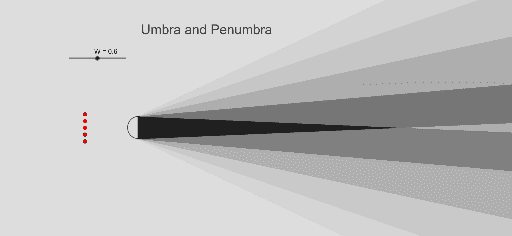

Comparison of computed tomography perfusion and magnetic resonance imaging perfusion-diffusion mismatch in ischemic stroke. Campbell BC, Christensen S, Levi CR et-al. CT protocol for acute stroke: tips and tricks for general radiologists. de Lucas EM, Sánchez E, Gutiérrez A et-al.

Radiographics (full text) - doi:10.1148/rg.26si065501 - Pubmed citation State-of-the-art imaging of acute stroke. In cases of seizures, the ictal region shows hyperperfusion, which may lead to an interpretation of hypoperfusion in the contralateral hemisphere mimicking infarct.

lacunar infarcts) are poorly visualized on perfusion maps due to their low resolution. the posterior fossa and superior cerebral hemispheres. This excludes a large volume of the brain, e.g. Most CT perfusion protocols are centered upon the basal ganglia and supra-ganglionic level. This mismatch is known as a g host infarct core 8. erroneous diagnosis of extensive ischemia or global hypoperfusion) and underestimated CBF.ĬT perfusion may overestimate infarct core on admission, especially in the early time window of a stroke, by predicting lesion in areas that will not show infarct on follow-up imaging. In patients with poor cardiac output, atrial fibrillation, severe proximal arterial stenosis or poor placement of arterial and venous density regions of interest, the decreased blood flow can lead to inaccurate perfusion maps and specifically to overestimated MTT (i.e. The ischemic penumbra, which in most cases surrounds the infarct core, also has prolonged MTT or Tmax but in contrast, has only moderately reduced CBF and, importantly, near-normal or even increased CBV (due to autoregulatory vasodilatation) 1-3 (see figure 3). So, even though some automated processes used CBF to define the core, CBV is a safer parameter if 'eye-balling' the scan. Note, that if one uses CBF alone to visually assess core size, it is easy to overestimate infarct core, as the penumbra often has reduced CBF also. It is defined as an area with prolonged MTT or Tmax, markedly decreased CBF and markedly reduced CBV 1-3 (see figure 4). The infarct core is the part of the ischemic brain which has already infarcted or is destined to infarct regardless of therapy. These three parameters are related to each other according to the central volume principle: CBF = CBV/MTT 7 Mean transit time (MTT) or time to peak (TTP) of the deconvolved tissue residue function ( Tmax) 3 The three parameters typically used in determining these two areas are: The key to interpreting CT perfusion in the setting of acute ischemic stroke is understanding and identifying the infarct core and the ischemic penumbra, as a patient with a small core and a large penumbra is most likely to benefit from reperfusion therapies.


 0 kommentar(er)
0 kommentar(er)
